Capabilities are fashionable. Everyone is modelling them, but not always well… And just what is a capability?
Popular business and EA methods use it more or less interchangeably with a “Business Function”, i.e. something we do. I differ.
Capabilities are often listed below a value chain/network to support the delivery of the value adding steps. This is all well and good. Often stated in simple phrases such as “Attract Talent”, “Create Desirable Products”. In this form they are equal to business functions. Less usefully, they will sometimes be stated as nouns, e.g. “Human Resources” or “Accounting”. These are vague at best and equate more to organisational units or departments.
Other methods include goal, process and service modelling. How do we make sense of all these? Are they competing or complementary?
One technique useful for all of them is decomposition - breaking down higher level goals / concepts / requirements to more detail or more concrete ones.
We can decompose Mission into Goals and Objectives; Mission into Functions; Processes into sub-processes and activities; Services into service components, etc. Can they be integrated? Fortunately, yes! Mission, Goals and Objectives are about what we want to achieve, independent of what needs to be done or how. They can provide a starting point for our decomposition. One mission breaks down into goals (broad directions) which break down into objectives (specific, measurable, achievable, realistic, time bounded). Mission (or objectives) can also be decomposed into functions: what must we do to achieve the goals? Functions should have a verb (doing something), an object (to what?) and qualifying clauses (how, with what constraints).
Functions can be sequenced on dependencies to form end to end business processes. Functions and processes can be packaged as services, with providers (who does it?), consumers (who uses it?), inputs (what is necessary to do it?), outputs (what is expected as a result?) and service levels. We need a catalogue of available services, and a designated way to invoke them.
Ah, but what of capabilities? Well, functions, processes, services can all deliver capabilities. A capability implies the ability to do something (function) for someone/thing (consumer) producing a desired result (service/product) at a particular location, with a certain service level (e.g. volume, efficiency, accuracy, etc. ) and potentially other requirements (e.g. in a particular language). To deliver a capability will typically require resources, such as skill, information, application support, infrastructure and physical presence.
There is nothing wrong with defining business functions (proto-capabilities) at a high level below the value chain. We should ensure, however, that they are expanded into full capabilities during later design to deliver all the dimensions required.
#Capability #EnterpriseModelling #BusinessModelling #EnterpriseArchitecture

